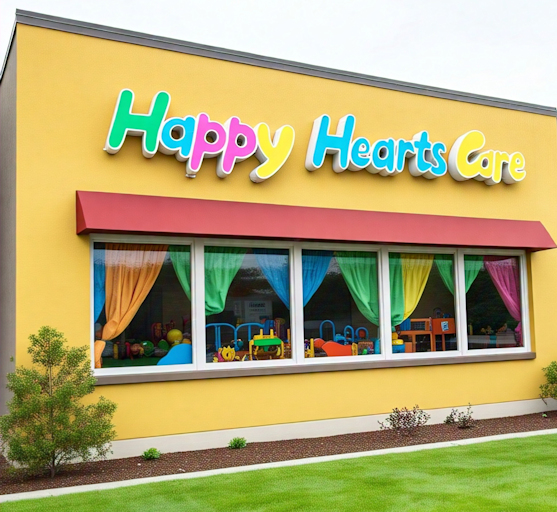Kids are expensive. Everybody knows this. In fact, budgeting for a new baby has become something of a science that many new parents are trying to perfect. Babies are expensive enough when they are produced naturally. When you have to factor in the cost of fertility treatments or infertility options on the other hand, that cost grows by…well the term “a lot” is an understatement.
 According to the Center for Disease control (CDC) 10.9% of American women ages 15-44 have “impaired fertility” and 6% of married women in that age group are totally infertile. If you add in the prevalence of “low sperm count” the possibly of a couple having difficulty getting pregnant multiplies. And this is not just an American phenomenon, at the other end of the world, one-in-six (or 16.6%) of Australian couples has difficulty getting pregnant. So you can see that infertility in developed countries may be becoming an epidemic. According to Rodale many common household chemicals like non-stick pans, carpet cleaners, plastics, flame retardants, artificial fragrances, pesticides, PCB’s, genetically engineered foods, and nitrates are reducing both male and female fertility.
According to the Center for Disease control (CDC) 10.9% of American women ages 15-44 have “impaired fertility” and 6% of married women in that age group are totally infertile. If you add in the prevalence of “low sperm count” the possibly of a couple having difficulty getting pregnant multiplies. And this is not just an American phenomenon, at the other end of the world, one-in-six (or 16.6%) of Australian couples has difficulty getting pregnant. So you can see that infertility in developed countries may be becoming an epidemic. According to Rodale many common household chemicals like non-stick pans, carpet cleaners, plastics, flame retardants, artificial fragrances, pesticides, PCB’s, genetically engineered foods, and nitrates are reducing both male and female fertility.
Fertility Costs
Resolve.Org reports that a single round of in vitro fertilization (IVF) treatment costs, on average, $12,400. What makes this even scarier is that often couples have to go through fertility and infertility treatments several times before the result is a successful pregnancy. This is true whether someone is doing IVF or hormone treatments or has decided to use a donor egg. Even though egg donation statistics are promising (you can check them out at https://www.myeggbank.com/about/testimonials), not everyone is successful the first time out. It can still take several “tries” before a new baby is born.
Even if you decide that you don’t want to go the fertility/infertility treatment route and decide to adopt, you’re facing a mountain of cash. Childwelfare.gov reports that, depending on which route you take, adopting a child can cost as much as thirty thousand dollars.
You’re desperate to build your family, but right now your budget is really tight. What can you do? How do you come up with the money?
Insurance
If you’re going the IVF route, check with your insurance provider. Some providers actually do cover the cost of fertility and infertility treatments. This is rare, of course, but it does happen. It is important to know that the rules surrounding fertility and infertility treatments are going to change soon. The Affordable Care Act, already partly rolled out, is introducing a bunch of new rules and regulations regarding this type of treatment and coverage in 2014.
Crowdfunding
Don’t laugh. A recent article in Huffington Post (Title: The Latest Baby Trend? Crowdfunding Conception) says that couples are using GoFundMe, GiveForward and others to raise money to cover the costs of infertility treatments. GoFundMe alone has raised over a million dollars in the last three years for couples looking for help covering their costs. There is even an adoption-specific crowdfunding site called AdoptTogether!
Financial Aid
A quick Google search turns up a plethora of programs for helping couples who are having trouble conceiving fund the cost of conception treatments. Resolve.Org has a huge list of grants, scholarships and other funding options couples can use to find money. Make sure you ask your doctor or clinic about financial aid as well. Some practices have independent scholarships, grants and loan programs for patients. If nothing else you might be able to get help with your application. In fact, each application will probably require notes or letters from your doctor.
Tax Credits
There is already a tax credit in place for families who have adopted a child. Soon there might be a tax credit for infertility treatments too. Bill HR 1851/S 881 (The Family Act) is being looked over by both the House of Representatives and the Senate. It was introduced in May of 2013 and isn’t yet scheduled for a vote but… may be soon!
The Old Fashioned Way
Paying out of pocket is something that few couples can afford to do—especially if multiple treatments and cycles are required. Still, there are things that you can do to save up to cover these costs. In this respect, saving up for your baby is not all that different than saving up for a house or a car or any other major purchase…but you probably don’t want to think of your future children as “things” or “purchases”.
Note: Some fertility clinics will help couples set up payment plans to offset the cost of treatments. Ask about these options before your first appointment. In fact, to keep your bases covered, get your application filled out and approved (or not) at least a week before your first appointment. This way, if you are approved, you will be able to use the plan to cover your initial consultation fees.
How you choose to fund the formation of your family is completely up to you. What’s important is that you not give up. If you exhaust one option, move on to the next! You’ll get there.
Another option is “Snowflake” Embryo adoption. According to Nightlight, “there are now more than 600,000 frozen embryos in storage in the United States, and hundreds of thousands more worldwide.” These embryos can be matched with adopting families in the Snowflakes program. They are donated by families who originally created them for their own in vitro fertilization (IVF) treatments.
If you’ve had an experience with adoption or infertility please share below.
You might Also Like:
- Budgeting for a new baby
- 5 Helpful Frugal Living Tips for Moms
- Tax Deductions for New Parents
- How Expensive It Is To Bring Up A Child In The US?
- Teaching Your Kids about Money
- Does It Pay to Work When Paying For Child Care?
Image courtesy of Papaija2008 / FreeDigitalPhotos.net





